.
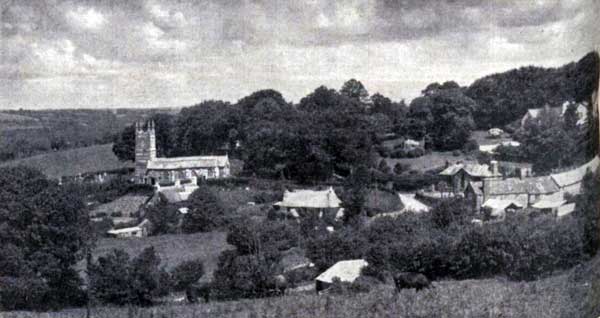
Stowford, a small village, in the valley of the river Thrushel a tributary of the river Lyd, seven miles East North East of Launceston, and covers approximately 2066 acres of land, including Sprytown hamlet, and many scattered houses. It lies in the district of West Devon in the county of Devon. Milford and Spry town, now farmhouses, were Domesday manors.
The parish church is dedicated to St John the Baptist and is around 14th-15th century in date. The church was restored and the north aisle rebuilt by Sir Gilbert Scott in 1874.
This what W.G. Hoskin said of the Church in 1954:
‘STOWFORD church (St. John) has a most attractive interior, although restored by Sir Gilbert Scott in 1874. When the N. aisle was added. The woodwork was all done at this time, but, being copied from older work by local craftsmen, is excellent. The roofs of the S. aisle, S. chancel aisle, and S. porch are the original and are notably carved. There are several good 18th-century monuments to the Harrises of Hayne, especially one to Christopher Harris, 1718. John Harris of Hayne was Master of the Household to George II and George III. In the S. chancel aisle are the tabard, helmet, and gauntlet of Harris. An Ogham stone-an early Christian monument to one Gunglei-stands at the churchyard gate. Hayne itself was rebuilt by Wyatville in 1810 in what Baring-Gould dismisses forthwith as “cockney Gothic,” but it is good of its kind. It was the seat of the Harrises from Henry VIII’s reign until 1864. Milford and Spry town, now farmhouses, were Domesday manors. Shepherds is a good 16th-century farmhouse.’
An ancient stone stands at the entrance to the churchyard. It stands 170 cm out of the ground and contains an inscription dated to the 8th-11th century. The inscription reads “GUNGLEI” or “GUG.LES” and is thought to be a personal name.
The Harris Baronetcy, of Stowford, near Launceston, in the County of Devon, was created in the Baronetage of England on 1 December 1673 for Arthur Harris, Member of Parliament for Okehampton between 1671 and 1681. The Harris residence was at Hayne House (below left), Stowford. The title became extinct on his death in 1686.
In a Haines ancestry compilation by Richard and George Haines, it states that John Haines, of Totness, Devonshire, England believed the family was well established in England before William the Conqueror. His account is: “William, upon his arrival in England, found the family settled in ‘Hayne,’ in the Parish of Stowford, near the Tamar, on the borders of Cornwall. They existed as a clan and were possessed of immense tracts of land in Devonshire and Cornwall. There was a castle on their lands called ‘Hayne Castle,’ which name the modern mansion still retains, from the ancient ruins near it. There is also a river called ‘Hayne’ running into the Tavy, and a tower on Dartmoor called ‘Hayne Tower.’ So it appears even at that time the family was one of importance in the country. William took one-half of their lands, which he gave to his followers, the other half was entered in Doomsday Book as the property of the ‘Clan Haineses.’ Since that time the family continued of importance, as many of their chiefs filled the office of High Sheriff of the county — an office at that time of great importance, as the incumbent was the representative of the King, led the yeomen of the country to battle, and was the head of the county. This continued until 1600, when the estate devolved on an only daughter, Tameson Haines, who married a man by the name of Harris, of Cornwall, who was likewise upon his marriage made High Sheriff of the county. From that time until 1870, the property remained in the Harris family, who were known by the name of Harris of Hayne; when it was sold to pay debts incurred by that family. It also appears that at the time of the marriage of Tameson Haines, a disruption of the family took place; the feeling that their head was gone and a stranger seated in the halls of their fathers; and this was also undoubtedly assisted by religious differences, which at that time began to creep into families.” (This last extract with thanks to J. T. Bullock)
Hayne itself was rebuilt by Wyatville in 1810 in what Baring-Gould dismisses forthwith as “cockney Gothic,” but it is good of its kind. By the 1980s the house had become derelict and the estate divided. It has since been restored.
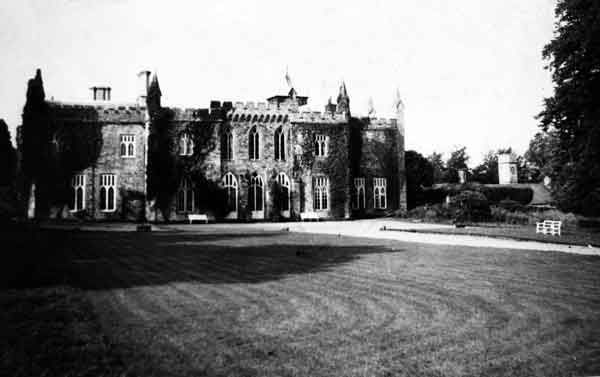
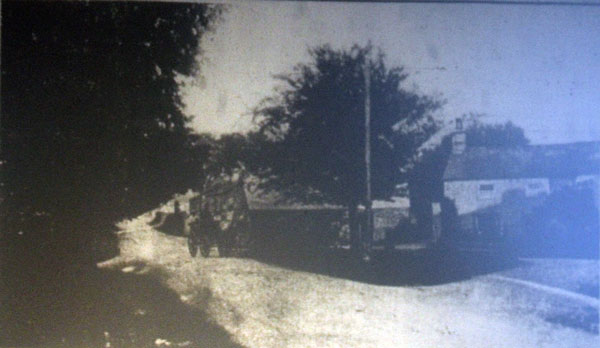

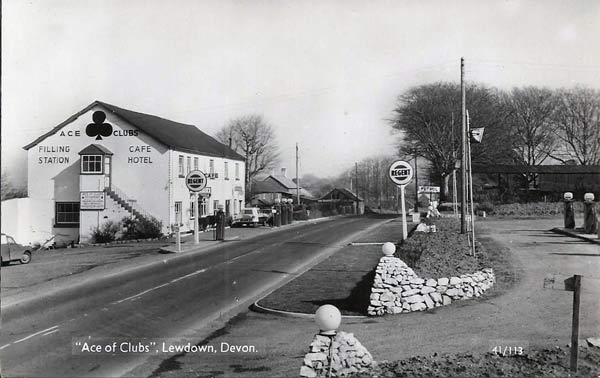
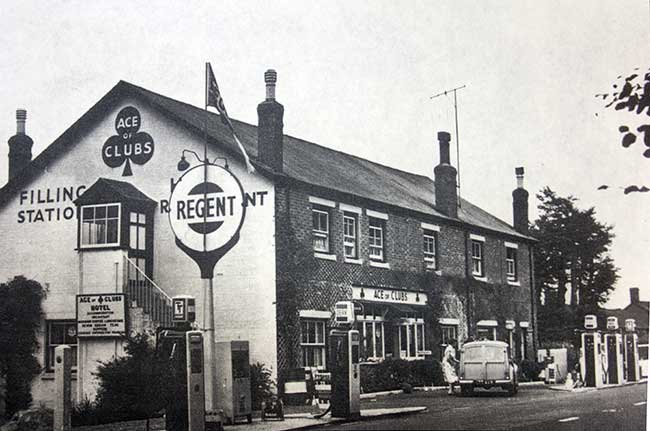

Visits: 252
